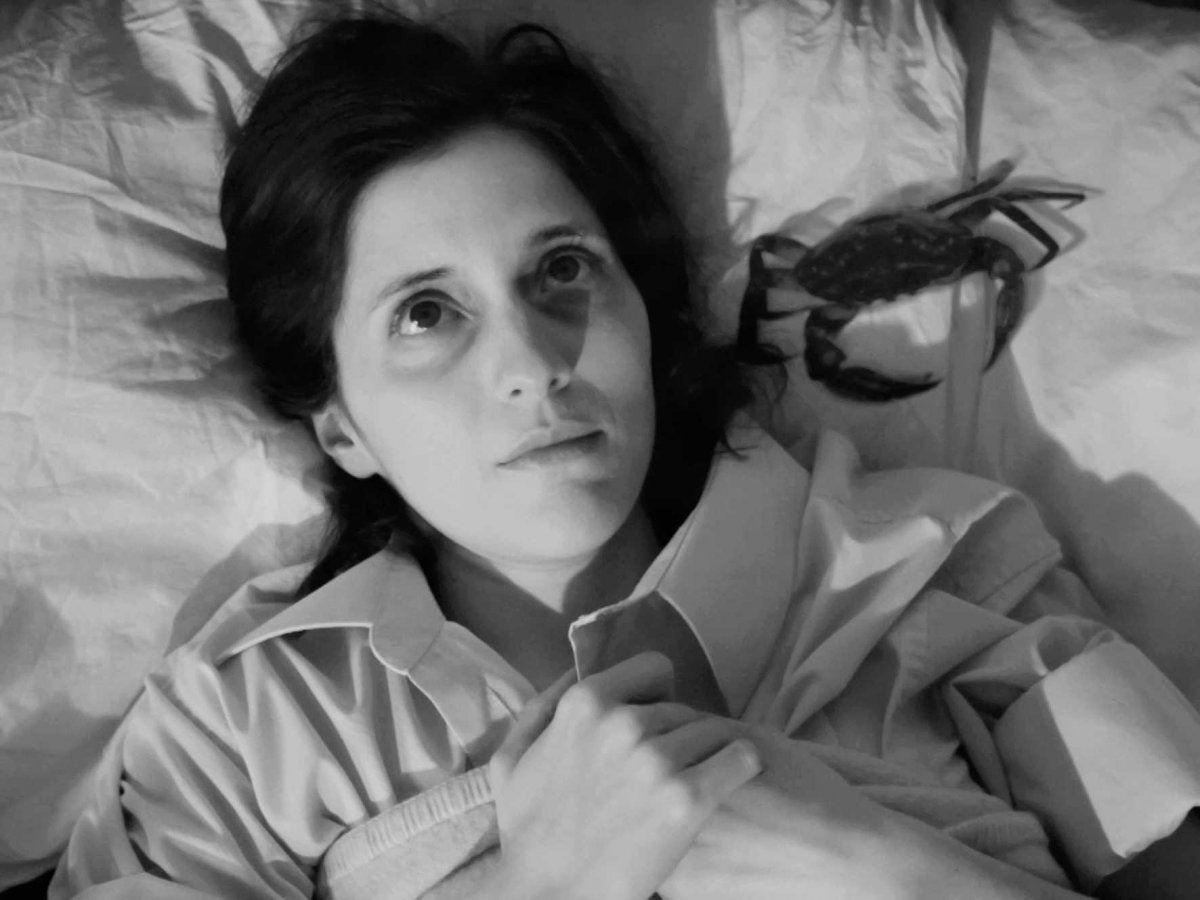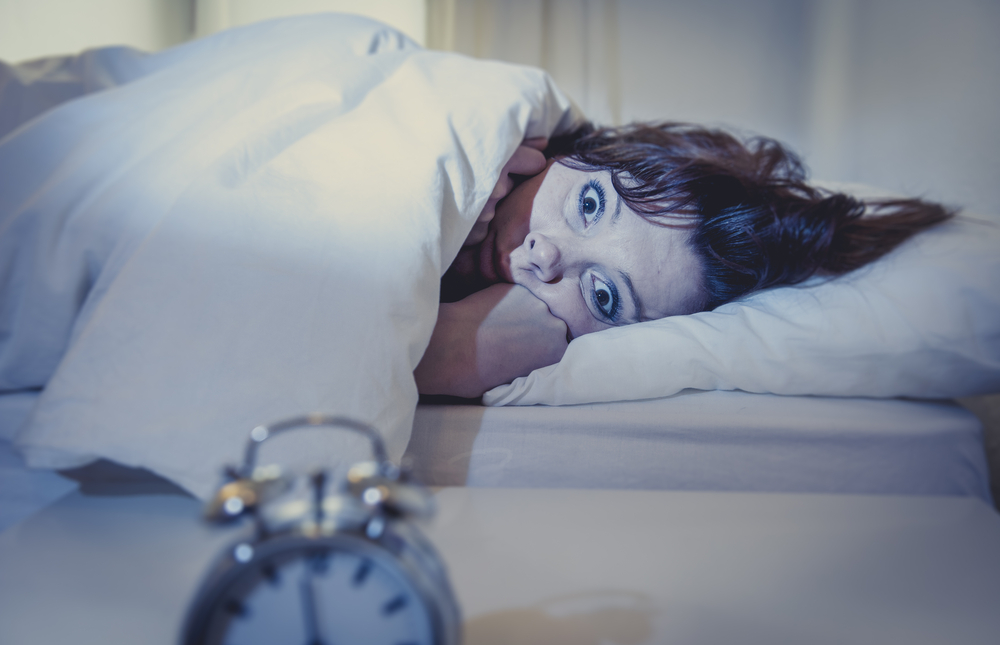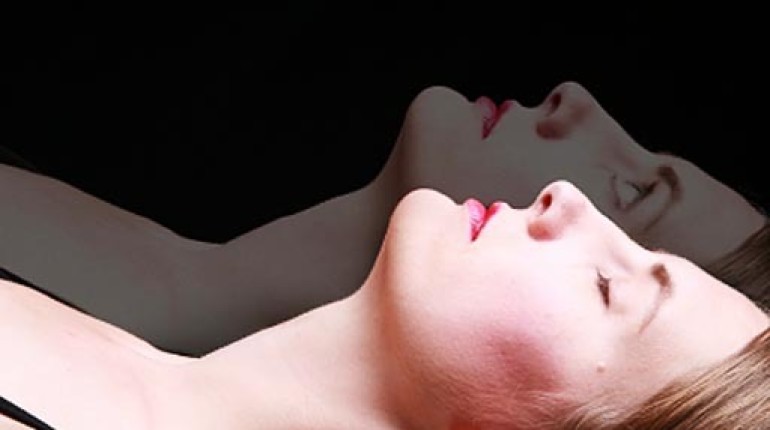Have you ever experienced waking up and you can’t even move a muscle? That weird phenomenon is what you call, sleep paralysis.
Sleep paralysis can be frightening that leaves people asking the question: What is sleep paralysis?




 Studies have shown that between 25% – 50% of Americans have experienced sleep paralysis at least once. It is believed that sleep paralysis occurs when the brain and body aren’t quite on the same page when it comes to sleep. During rapid eye movement (REM) sleep, dreaming is frequent, but the body’s muscles are relaxed to the point of paralysis, perhaps to keep people from acting out while in their dreams.
Studies have shown that between 25% – 50% of Americans have experienced sleep paralysis at least once. It is believed that sleep paralysis occurs when the brain and body aren’t quite on the same page when it comes to sleep. During rapid eye movement (REM) sleep, dreaming is frequent, but the body’s muscles are relaxed to the point of paralysis, perhaps to keep people from acting out while in their dreams.
Researchers have found that two brain chemicals, glycine and GABA, are responsible for this muscle paralysis. Some say sleep paralysis may even be partially genetic and some say this phenomenon is linked to social anxiety and panic disorders.




 Frequently, episodes of sleep paralysis are accompanied by hallucinations and the sensation of breathlessness. Such hallucinations likely gave rise to the myths of the incubus and the succubus, demons that pin people down in their sleep.
Frequently, episodes of sleep paralysis are accompanied by hallucinations and the sensation of breathlessness. Such hallucinations likely gave rise to the myths of the incubus and the succubus, demons that pin people down in their sleep.
Make sure that you get enough sleep so that your body and mind have time to transition to REM sleep together.
Lastly, have a regular sleep schedules and as much as possible, avoid naps.
But if you do wake and find yourself unable to move, focus all your energy on wiggling a toe or finger.
So long as you can move one muscle, that breaks the paralysis,” research says.
Image Credits: businessinsider, conspiracyclub, dreamdictionary, everlasting.lk

